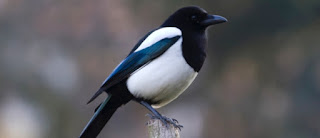Heron

A grey heron 1024px-Graureiher_Grey_Heron.jpg The scientific name for the grey heron is Ardea cinerea and they are in the bird family herons, storks and ibises. Their population is doing well under The Wildlife and Countryside Act and they have a green UK conservation status meaning they are under least concern. They are very easily recognisable with their tall long legs, long beak and monotone feathering. They feed on fish but do also eat small birds and small mammals such as amphibians. They also eat some rodents after fields are harvested in agricultural areas. They weigh up to 2 kg and have a wingspan of just under 2 m. In the UK there are 13,000 breeding nests and during winter in the UK there are 63,000 individual birds. Grey herons are the largest bird you could see in your garden but despite their size they are very light weight. A pair of heron building a nest. Ardea_cinerea_building_nest.jpg Herons breed in colones that are called heronries. They ar...



